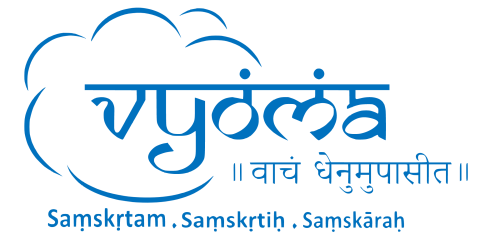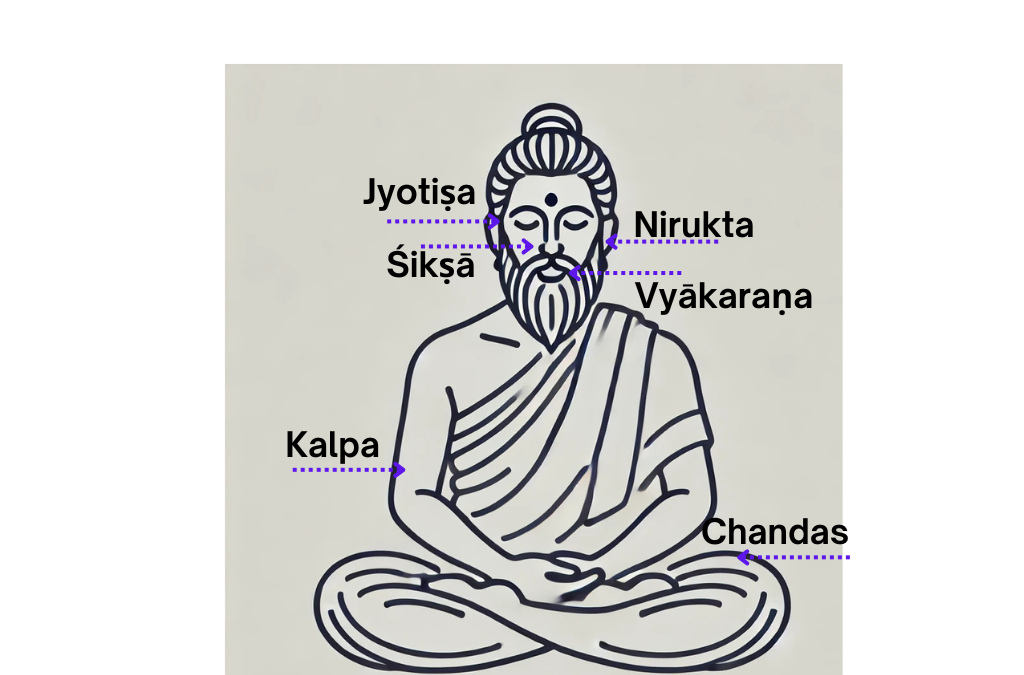What is Saṃskṛtam ?
In the previous newsletters we saw the Bhāratīya Jñāna Paramparā (IKS) framework, the details about Veda-s and their branches. In this newsletter let us get an introduction to Vedāṅga-s. The Vedāṅga-s are six disciplines that support the understanding and proper application of the Vedic texts. There are 6 Vedāṅga-s
- Chandas (Prosody / metrical rules),
- Kalpa (Procedure for performance of vedic rituals),
- Jyotiṣa (Astronomy and Astrology),
- Nirukta (Etymology),
- Śikṣā (Science of pronunciation) and
- Vyākaraṇa (Grammar).
छन्दः पादौ तु वेदस्य हस्तः कल्पोऽथ पठ्यते ।
ज्योतिषामयनं चक्षुर्निरुक्तं श्रोत्रमुच्यते ॥
शिक्षा घ्राणं तु वेदस्य मुखं व्याकरणं स्मृतम् ।
तस्मात्साङ्गमधीत्यैव ब्रह्मलोके महीयते ॥
(४१ – ४२ पाणिनीयशिक्षा )
(Chandas is considered the feet of the Veda, while Kalpa is the hand; Jyotiṣa is the eye, and Nirukta is the ear. Śikṣā is the nose of the Veda, and Vyākaraṇa is considered its mouth. Therefore, one who studies the Veda-s along with the Vedāṅga-s thoroughly is esteemed in the realm of Brahman.)
The Vedāṅga-s related to Śikṣā and Chandas ensure the Vedic mantra-s are recited exactly as they were intended, preserving their form. Vyākaraṇa and Nirukta help in understanding and interpreting the the Veda-s, safeguarding the integrity of their meaning. The Vedāṅga-s Kalpa and Jyotiṣa provide guidelines for the proper performance of Vedic rituals, helping protect their correct application in practice.

